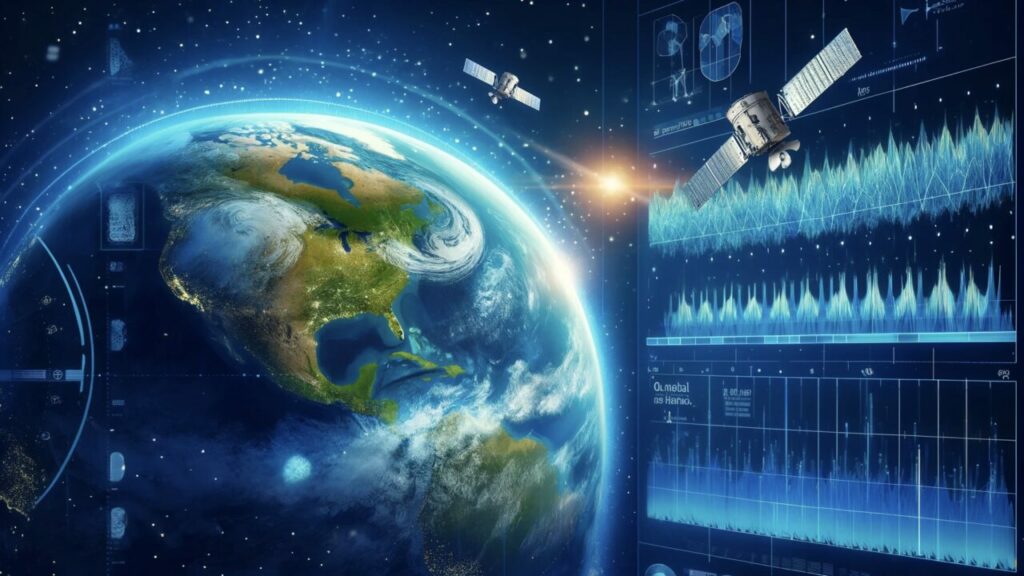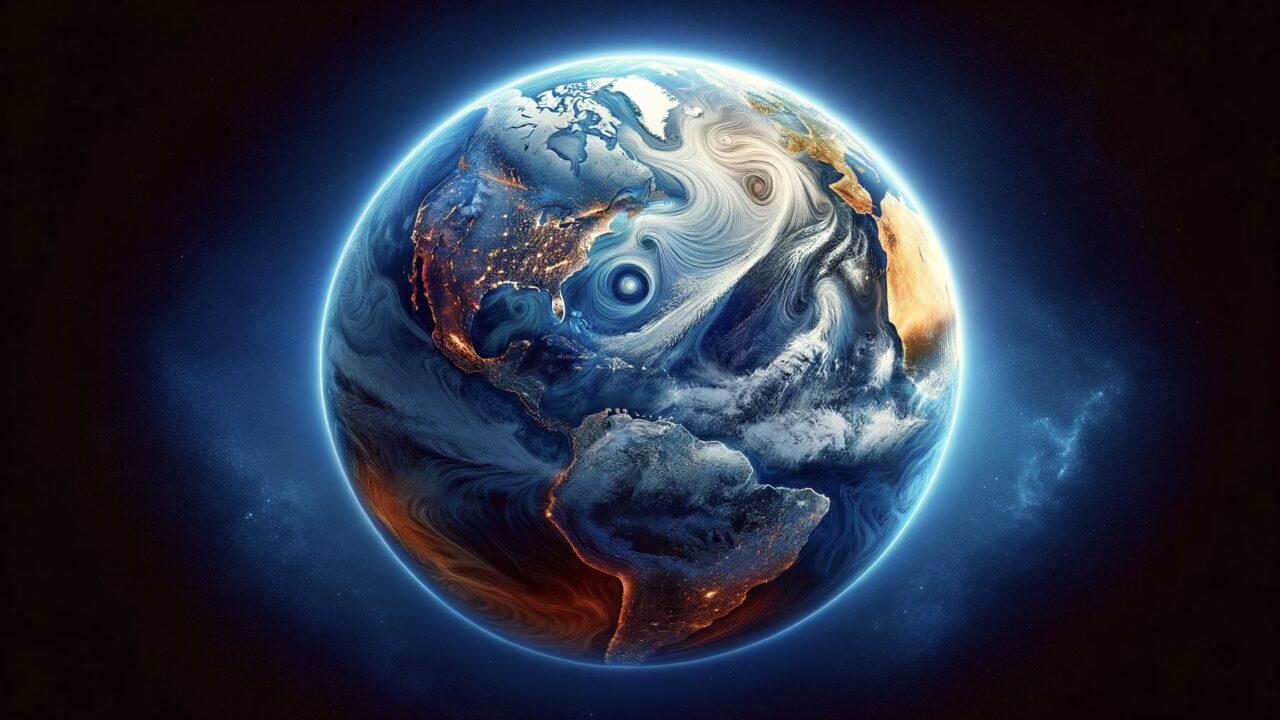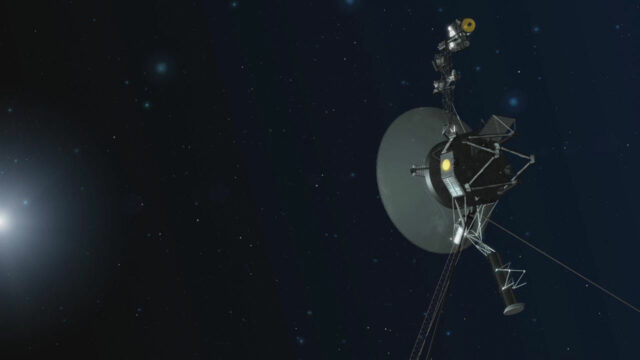NASA doesn’t just gaze at the stars when observing Earth from space; it also investigates global issues like weather and climate change. In its latest research, NASA made significant findings by examining the effects of the El Nino phenomenon from space with satellite data, providing a clearer understanding of its worldwide impact. Here’s what you need to know…
NASA to track the effects of the El Nino phenomenon from space with satellites
First, let’s discuss the impact of the El Nino phenomenon. In El Nino years, warm waters in the Pacific Ocean shift eastward, leading to rising global temperatures. Some regions experience droughts and wildfires, while others face floods and storms.

NASA’s primary method for observing El Nino involves collecting surface air temperature and sea temperature data from both land-based and ocean stations. However, the exciting part is that satellite data from space offers a different perspective.
This approach allows NASA to monitor ocean surface salinity levels and their changes over time. The Jet Propulsion Laboratory (JPL) team at NASA used data collected over the past decade (from 2011 to 2022) to examine global ocean surface salinity levels.
This study was conducted using data from satellite missions like Aquarius. Aquarius is a satellite used to measure ocean surface salinity by detecting microwave radiation. This satellite technology provides access to higher-resolution data.

These satellite data showed the impact of El Nino on ocean surface salinity. The study also found that ocean surface salinity levels vary throughout the year, with these effects more pronounced in coastal areas.
For example, coastal water salinity levels peak in March and drop to their lowest in September. This is different from open ocean waters and is strongly linked to the El Nino system. This approach not only indicates the direct effects of El Nino but can also be used to predict potential changes in the water cycle.
With this research, NASA demonstrates how technology can be used to observe environmental changes and global events from space with satellites. As technology advances, we can expect these studies to become even more detailed and accurate. Do you think NASA’s work will be useful in mitigating the effects of climate change? Feel free to share your thoughts in the comments section below.














